Palomares is a rural village on the coast of Almeria, Andalucia, Spain, blighted by the Palomares incident in 1966 that dropped 3 H bombs on Palomares.
By Nick Nutter | Updated 17 Sep 2022 | Almería | Villages |
Login to add to YOUR Favourites or Read Later
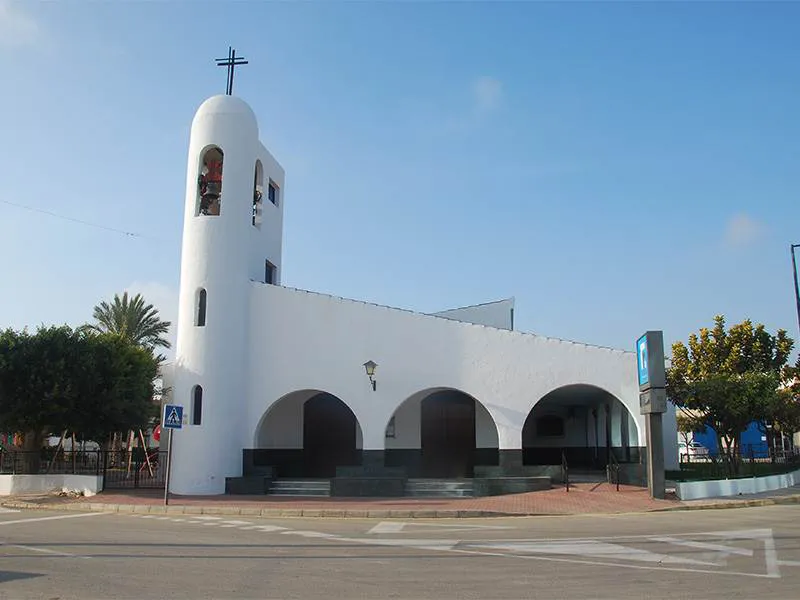
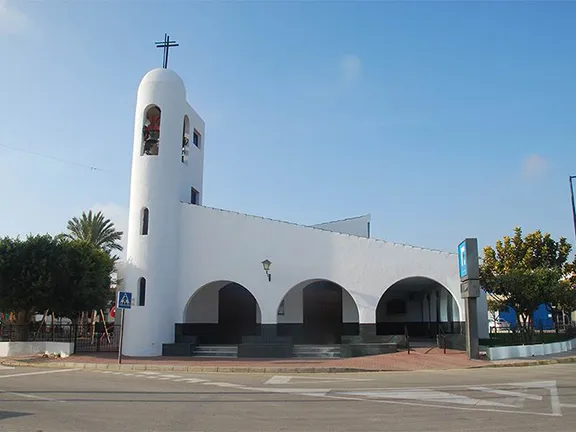
Palomares Church
Eight kilometres north of Garrucha, in Almeria province, the village of Palomares is a quiet place. Its livelihood depends on growing vegetables with many of the plots owned by individual families. Less than one kilometre from the village is a wide, very pleasant beach. Palomares had all the ingredients to become a popular tourist spot, like its neighbours, Villaricos and Vera. That is until 10.30 am on Monday 17th January 1966, when what was described by Time magazine as, ‘one of the world’s worst nuclear disasters’ occurred and a local fisherman, Francisco Simó Orts, gained immortality with the nickname ‘Paco el de la bomba’.
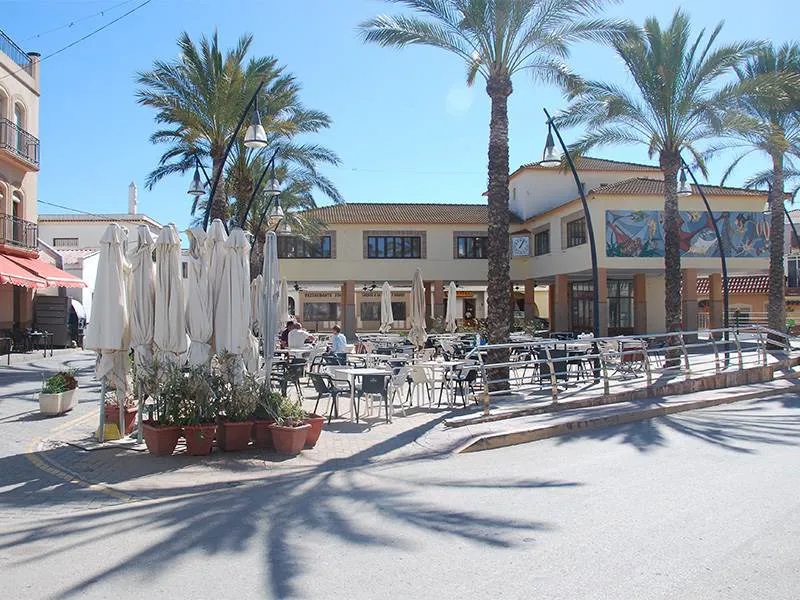
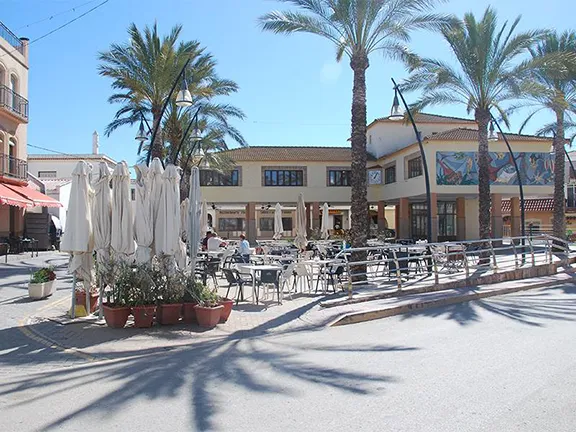
Palomares Square
Palomares has grown since time immemorial on a low mound only 20 metres above sea level, less than one kilometre from the shore. Urban planning had nothing to do with the street plan. As a result, buildings were erected where they were needed which has resulted in a nucleus thinning out to individual homes along the narrow roads that lead off into the vegetable plots that surround the village.
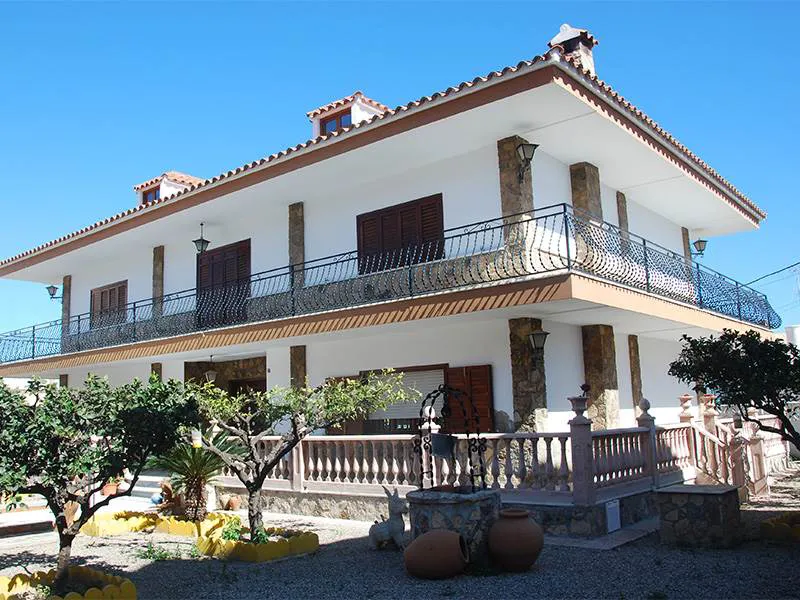
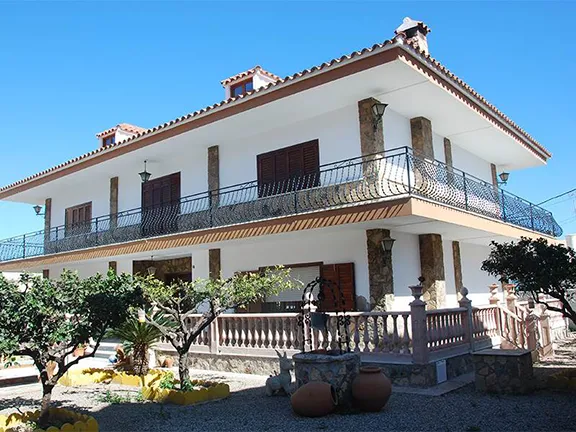
Palomares Colonial Style House
Although untidy, the place has charm. Many of the well-maintained buildings are in what could be described as Spanish Colonial. Low pitched, red-tiled roofs with wide overhangs, atop cream coloured walls, inset with varnished wooden shutters. Some have ornate balconies. Even the church, Parroquia de San Fransisco Javier, stands out. Its design is distinctly modern. The church tower, viewed from one direction, looks suspiciously like a vertically inclined hydrogen bomb. There are bars and restaurants that deserve further investigation and all the infrastructure that one could need, local supermarkets, a chemist and small family-run stores of every kind.


Tomatoes
The fields surrounding Palomares grow salad crops, in particular tomatoes. Palomares tomatoes have the reputation of being the tastiest grown in Andalucia. In early February the land is a patchwork of shades of green; lettuces, cabbages, broccoli, cauliflower, broad beans and spinach all grow in profusion.
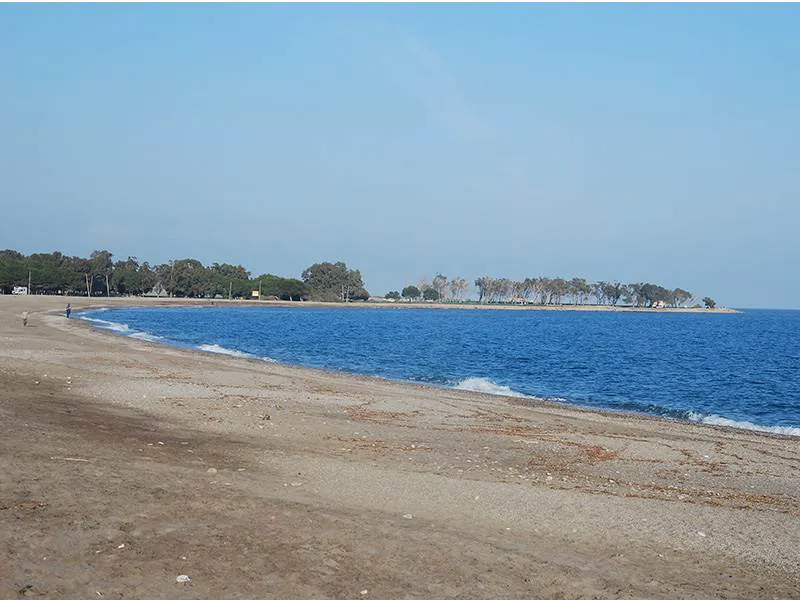
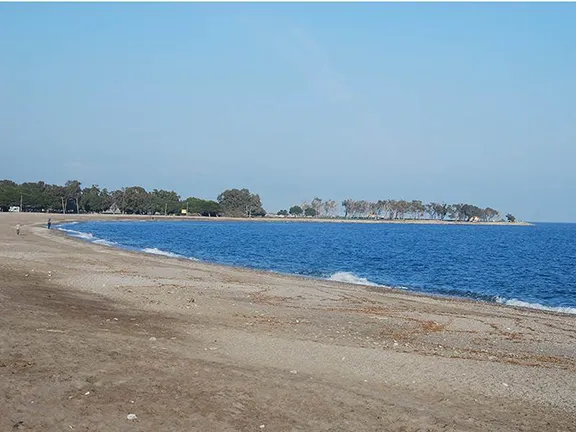
Palomares Beach
The beach is wide and sheltered to the northeast by a small headland, Punta de los Hornicos. Less than 1 kilometre long, it curves south and runs into Vera Playa. One lively beach bar, Akua Palomares, remains open all year serving fresh fish dishes. Behind the beach is an open expanse of land, used for parking, and undisturbed natural vegetation. Altogether a very attractive beach that is likely to be packed during the season.
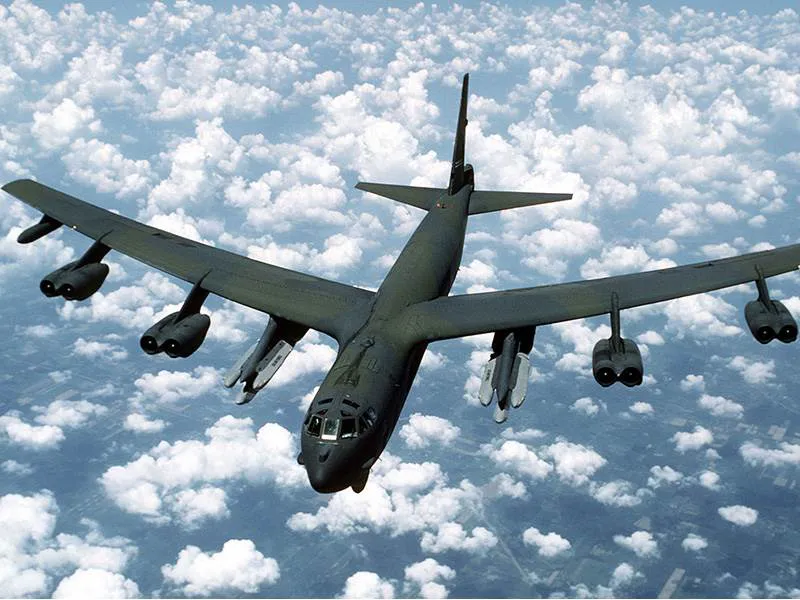

Stratofortress
On that fateful Monday in 1966, a United States Air Force B-52G Stratofortress bomber was on a routine mission; flying from North Carolina, across the Atlantic, over the Mediterranean and thence to the borders of the Soviet Union. The bomber carried a payload of four hydrogen bombs and was just one flight of thousands that took place during the Cold War between 1960 and 1968 in an operation called Chrome Dome. The operation was designed to put United States aircraft carrying thermonuclear bombs on permanent airborne alert on the Soviet borders.
In order to carry out their long-distance mission, the bombers had to be refuelled twice in the air. The refuelling aircraft were KC-135 Stratotankers flying out of Morón Air Base in southern Spain. Morón is situated about 55 kilometres southeast of Seville. At 10.30 am on Monday 17th January 1966, at 31,000 feet, a B52-G was about to be refuelled from a KC-135 off the coast of Almeria. A collision occurred that caused an explosion, destroying the tanker, killing all its crew, and killing three of the bomber crew. Four of the bomber crew parachuted to safety. Three ended up in the sea whilst the fourth landed near Palomares.
The hydrogen bombs plummeted to earth. One landed in the sea towards Carboneras, three landed near Palomares. Two of those three exploded on impact. Fortunately, only the initiator charge exploded. Even so, the area was contaminated by radioactive material from the weapon’s core. Francisco Simó Orts witnessed the bomb landing at sea and was able to assist in pinpointing where it came down, hence his nickname. That bomb was recovered in April, from a depth of 880 metres. Maritime Law states that any person who locates a ship or cargo to be salved has a right to a salvage award, normally 1 or 2 per cent of the intrinsic value to the owner of the thing salved. The American Secretary of Defence put the value of each hydrogen bomb at $2 billion. 1% of that figure is $20 million. Simó’s claim was settled out of court for an undisclosed sum.
The radioactive material released was americium that has a half-life of 432 years and plutonium 239 that has a half-life of 24,000 years. Much of the plutonium ignited during the explosion and the radioactive smoke spread the contamination over about 2.5 square kilometres.
Over the years, the United States has removed most of the contaminated earth and transported it back to America. Although radiation levels in the vicinity of the explosions are now very low; as late as 2015, Spain was still negotiating with the United States to have the area further restored. The Palomares Incident has blighted the area for nearly 50 years.